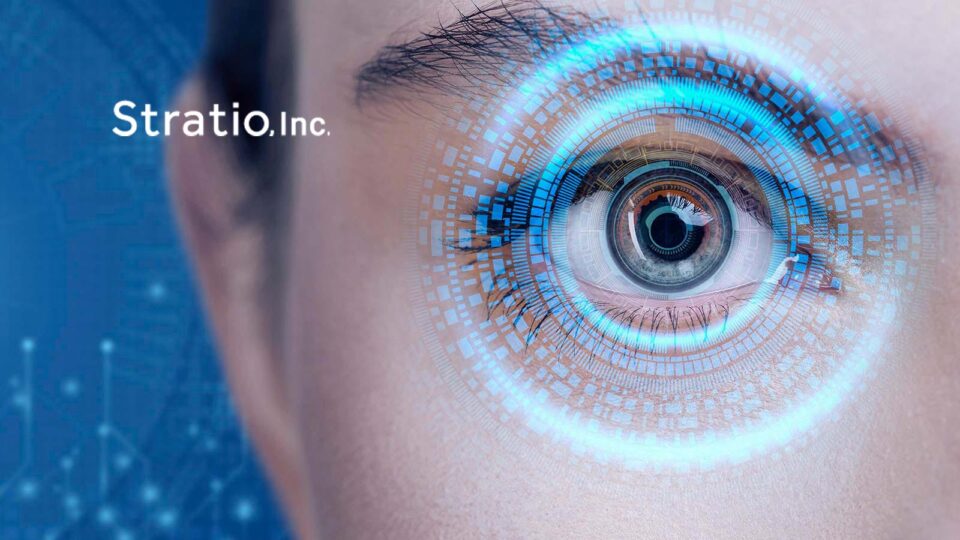AI Vision System to Provide Infringement Detection Against Similar Products of Registered Designs
Stratio, Inc., a company that develops infrared technologies to enhance public safety, announced their work with South Korea’s National IT Industry Promotion Agency (NIPA). Together they have created a first-of-its kind app that detects design infringements. The app instantly matches photos of suspected items to similar designs from an intellectual property (IP) database to obtain a similarity score. This is possible through a complex backend which utilizes several of Stratio’s imaging technologies, including algorithms for object detection, image retrieval, and report generation.
“Using visible imaging technology with the help of AI is an important milestone in our technology roadmap”
According to the World Intellectual Property Organization (WIPO), over 1.3 million applications for new industrial designs were filed globally in 2020. Unfortunately, shipments of unauthorized copies using similar if not identical designs inevitably end up at borders requiring an unlimited amount of time and resources to detect properly and process.
Top iTechnology Security News: Trifork Joins as Investor in the Cyber Protection Company Promon AS Together With GRO Capital and Kirk Kapital
“Using visible imaging technology with the help of AI is an important milestone in our technology roadmap,” explains James Lee, Co-founder and CEO of Stratio, Inc. “In terms of what’s next for Stratio, Inc., we plan to merge this AI capability with our upcoming shortwave infrared (SWIR) camera BeyonSense® to visualize the invisible, and open up a new world of possibilities using our proprietary SWIR image sensor.”
This is how it works, border inspectors begin by using the app to take a picture of a suspected item. Similar registered designs are then presented, each with a similarity score generated using the app’s AI. Inspectors can then judge any possible cases and access further information in the app including contacts for IP owners and registration details.
The technology solves a key obstacle when evaluating design infringement cases, which is to visually determine the similarity between a suspected infringement and a registered copy in a more efficient manner than ever before. Without access to this AI technology, inspectors must first match the product with a registered design and manually assess these cases in court proceedings. With this new technology, users can utilize the objective score based on proven algorithms to come to a justified conclusion and required next steps. IP owners now have a weapon against design infringement offences to prevent possible infringements.
Top iTechnology Cloud News: Digital Turbine Announces Strategic Partnership with Google
[To share your insights with us, please write to sghosh@martechseries.com]


